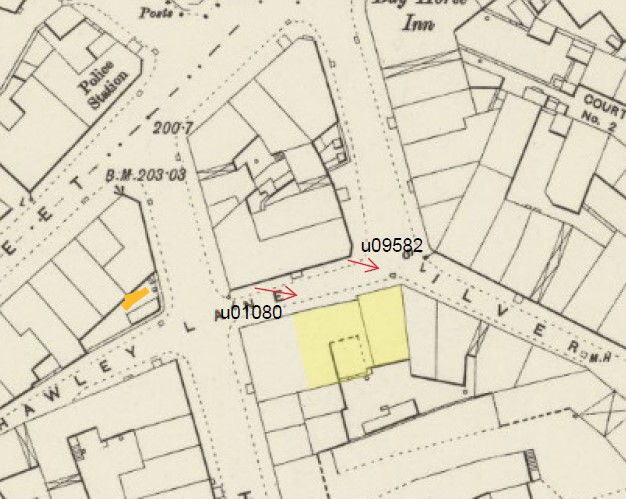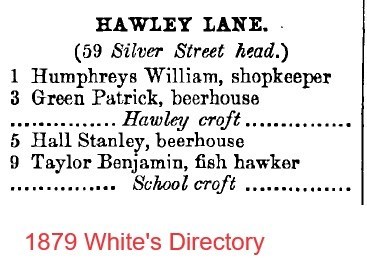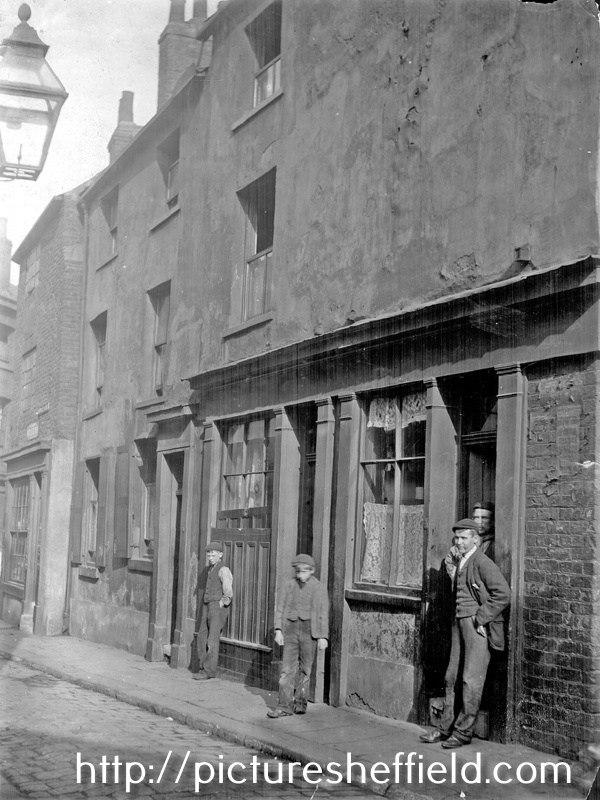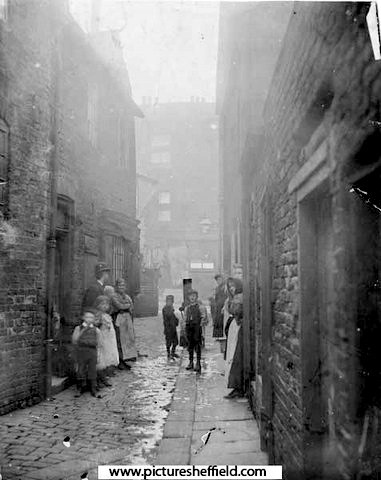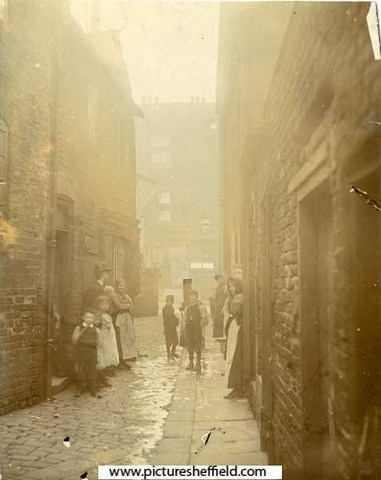Search the Community
Showing results for 'coal pit lane'.
Found 10,020 results
-
Present day, it's often accepted by families to leave a body or organs for medical science or transplant but not so years ago. The only way doctors and surgeons could obtain corpses for medical science legally was by ones who'd died by the hangman's noose. The Judgement of Death Act 1823 saw the reduction in prisoners receiving the death penalty and the availability of corpses reduced drastically. The trade in illegally obtained corpses increased and communities fearing for the safety of the recently interred bodies of their relatives become victims of the "Body Snatchers" (Resurrectionists) had earlier tried to find ways to secure the graves, mort safes and watch towers had been established. s04728 St. Nicholas Church, High Bradfield and the Watch Tower (right) built 1745 to guard against bodies stolen from the Churchyard. 1828 in Edinburgh, Burke and Hare achieved notariety through their escapades digging up the recently interred and for murders committed to sell the corpses to the medical profession. The case and the one in London in 1831 led to the Anatomy Act 1832 which allowed doctors, anatomy lecturers, and medical students greater access to cadavers and allowed for the legal donation of bodies to medical science, effectively calling an end to the illegal body-snatcher trade. Sheffield was no exception to the practice; as seen in the extracts of articles and letters from The Sheffield and Rotherham Independent 1872/3, edited by Robert Eadon Leader 1875. "Reminiscences of Sheffield, it's, Streets and it's People Pages 300-304. Mr. Hall Overend and the Resurrectionists. Leonard: Mr. Hall Overend was an enthusiast in the cause of surgical science, which in his day was carried on amid great disadvantages and hazards, since the law provided only for the dissection of criminals who had been hanged, and the supply was altogether inadequate for the medical schools. This gave rise to the horrible practice of employing "resurrection men" to disinter clandestinely bodies which relatives supposed had been borne to their last home. Mr. Overend established the Sheffield Medical School, and was its most zealous promoter. The duty of obtaining "subjects" rested mainly upon him, and he carried it out with characteristic vigour and success. None but a man standing so high as he did, professionally and socially, could have sustained himself against the prejudice which the suspicion of the employment of " resurrection men " brought upon him, for not only were the feelings of families grievously wounded, by fears or realities, but there existed an ever-smouldering popular indignation, which the slightest incident might any day have caused to break out in riot and outrage. Besides this, was the constant risk of the capture or injury of some of the agents employed, or the search of the premises of the school, which might have resulted in the discovery of some body capable of being identified. It certainly was not a subject favourable to the humour of Hood's lines, representing the ghost of a departed wife as coming to her husband's bedside and saying — " The body-snatchers, they have come, And made a ****** at me ; It's very odd that kind of men Can't let a body be." Mr. Hall Overend had not even the benefit of that rule of political economy that occupations are highly paid in proportion to their disagreeableness and danger. Both in money and in mental anxiety and worry, he lost largely by the war he waged against antiquated law in the interest of science and humanity. The students had the "subjects" for the mere sum paid to the men who procured them, while the sacrifices and costs of Mr. Overend himself were utterly unrequited. There were rumours that Mr. Overend personally took part in the lifting of bodies and their conveyance to the medical school, and it was a popular belief that his death was hastened by injuries received in one of these nocturnal expeditions. It was improbable enough that a gentleman over 50 years of age, whose days were intensely occupied in a most laborious practice, could personally give up his nights to the labours, risks, and exposure incident to body-snatching; but I had the opportunity lately of conversing with a surgeon, in his student days one of the young gentlemen, of the most respectable families in the neighbourhood, who sought the advantage of being Mr. Overend's pupils. This gentleman holds in unbounded honour the memory of his old master, and on my naming to him the rumour I have mentioned, it gave rise to a very interesting conversation, which perhaps I had better record in its original form of dialogue. Doctor: Mr. Overend did not go out, but he knew what was done, and on almost the last occasion when we brought in a body, he happened to be in Church Street, and was in a state of extreme perturbation lest the constables should search the house and find it. I satisfied him at last by showing that the body could not be identified. Leonard: "What sort of men were employed in this work?" Doctor: There were two men employed, but we pupils were active accomplices, planning the operations, keeping watch, giving signals, drawing off the watchers, and carrying away the bodies. When we had got a corpse in the bottom of the gig, or dressed up in cloak, bonnet and veil supported between two of us, we were not long in driving to Sheffield. Mr. Overend kept good horses, and anybody who tried to catch us after we had got off, must have looked sharp. Leonard: I suppose you did not often venture on the Town Grave Yards ? Doctor: No; unless there was some special reason for it, in the singularity of a case. I remember a deformed woman who had died in childbirth. We were very anxious to examine her, and we got her. But we preferred the quiet village churchyards — most of these within 12 or 14 miles were visited at times. Leonard: When your men got to work on a newly-filled grave, they would soon get at the body ? Doctor: Well, not always. They sometimes found obstacles put in their way, or graves made deep. I remember one case where the men had excavated, and came back to us saying there was neither body nor coffin there. We had to give it up for a time; but we were so sure that we tried again, and we found that the sexton, when he had gone low enough, had made a sort of cave along one side of the grave, and the coffin had been pushed in there. Leonard: You would not like now to run such a risk as you did then? Doctor: Oh, the excitement totally overbore the risk. You will quite understand how the expeditions would arouse the adventurous spirits of young medical students, who had to plan and conduct them. The greater the difficulty the more we tried to overcome it. Most of the adventures were of our own planning. Leonard: How did you go about them? Doctor: We went out "prospecting," to borrow a word unknown then. When we heard of a death in one of the villages, one or two of us would go out for a country walk, with a piece of bread and cheese in our pockets, and a silver coin or two, not of the largest. We rested in a little village alehouse, and of course we must look at the church or copy curious epitaphs in the churchyard. Sextons were usually communicative. We ascertained where some poor body was to be buried in a day or two, perhaps saw the sexton at work, noted the points it was necessary to watch, marked the line of retreat, and settled the best time to come. When the time arrived, we walked to the place by different ways, and the gig came after, to diminish the risk of its being observed waiting. Leonard: Of course it would be a great object with you, when you had rifled a grave, to have it filled up so as to show no trace of disturbance, but you must sometimes have had to escape in a hurry. Doctor: Oh, yes. I remember one very funny case. It happened in a village that had -been infested by fowl-stealers, who had made the people very vigilant, and we knew several of them kept their guns in readiness loaded with slugs. All had gone right with us. The night was dark. We had got the body removed to a little distance, and the men were rapidly completing the grave, when unluckily the sky cleared and the moon shone out. A young couple had been married that day, and lived in a cottage overlooking the churchyard. The bride happened to get out of bed during the night, just too soon for us, and to look out of the window. Of course she shrieked when she saw us, and her cry brought her husband to the window. She screamed "Shoot! shoot!" and if we had seen the husband turn from the window and come back again, we should have supposed he had got his gun, and have expected a charge of slugs. Of course we could not stay to finish the work, though we got clear off with the body. We had a narrow escape at another village where the church and the rectory were adjacent. Instead of finding all quiet at the usual time as we expected, we perceived that some of the rectory family were up. The rector had gone out to dinner, and besides the servants in the house, a man was in the out premises, waiting to assist the coachman in putting up the carriage horses. We were just ready to be off, when the carriage came up, but we had to bring away a fellow pupil, whom I had put on the rectory yard wall, where he lay to watch. Our usual mode of signalling was by throwing stones in the direction of the party to be warned, but in this case our watcher was too far off, and I had no chance but to run across the rectory lawn and bring him away. On another occasion a strict watch had been set over a grave. We got the watchers into the public-house, and so entertained them with our songs and stories that our object was accomplished quietly, and we left the watchers boasting what they would have done if the body-snatchers had dared to come there. Wragg: I think I can tell a story how one of the two professional resurrectionists once got into trouble. About the year 1830, a young man died of consumption and was buried in Bradfield churchyard, close to the east end of the church. Some one near the church hearing the gig and the feet of a horse pacing about, got up to learn the cause of so unusual a noise, and saw what was going on in the churchyard. Those in the gig made a precipitate retreat towards Sheffield. One man was caught in endeavouring to make his escape from the churchyard, in which he would have succeeded, but his course was impeded by a deep snow drift. This man suffered twelve months' imprisonment. Page 269. Resurrectionist Riot 1835. Johnson: Talking of riots, these are happily gone out of fashion. Formerly, they were too plentiful. I can just remember the riot at our first Borough Election. Fortunately I was kept at home on that night, but I well recollect going down the next day and seeing the devastation that had taken place. Three men and two boys were shot dead on the occasion, and another young fellow died of his wounds shortly afterwards. Then, as I have already mentioned, we had the riot in Eyre Street, which took place in January, 1835. At this time, a second Medical School which had been established in Eyre Street, corner of Charles Lane, was completely gutted, and the building set on fire. The mob got an impression that it was a place where "Resurrection Men" sold the bodies they stole. I recollect that a small case containing the body or skeleton of a child found on the premises, was nailed up by the mob on a house opposite, to serve as an incentive to the work of destruction. The origin of the riot was a quarrel that took place on the previous day (Sunday), between the keeper of the school and his wife. This caused a disturbance, and the place bore such an evil name that the quarrel of these two persons ended in the destruction of the building, excepting the walls, on the following day. I recollect on the Monday night a great part of the mob, crying "All in a mind for Overend's," passed my father's shop, and went along Orchard Street to Mr. Wilson Overend's house and surgery, causing much alarm, but doing little mischief." Mr. Wilson Overend was the son of Mr. Hall Overend who lived in his later years at Bolsover Hill on the Barnsley Road until his death in May 1831 aged 59.
-
Drinking Fountain, Castle Street, incorporated into the walls of the Court House (former Town Hall). All cleaned up in 1984.t01119 2009 Photographer: Mary Rhodes. t11637 When people discuss the drinking fountains in Sheffield, this is one that is near the top of the list. It seems in the 1870's the Drinking Fountain inset into the wall of the Town Hall was also a topic of discussion and wasn't in a good state of repair. "Leonard: Some day, perhaps, it may be of interest to remember that the deserted drinking fountain inserted in the wall of the Town Hall, facing Castle Street, was the first erected in Sheffield when the fashion arose for supplying these useful places for quenching the thirst. It was erected by the Town Trustees, and was opened by the late Mr. Wm. Fisher, in 1859. Leighton: These drinking fountains were not a brilliant success here. They were put up by various patriotic individuals, at the Church gates, the bottom of Spital Hill, the Moor Head, Broad Lane, and Gibraltar Street, but there soon arose a difficulty about a constant supply of water; the stream stopped and the fountains were abominably disfigured by mischievous boys and roughs. In fact they became nuisances." Extract from page 216, Reminiscences of Old Sheffield its streets and its people. Edited by Robert Eadon Leader. 1875. In Histories I've come across they say the Town Hall was extended in 1897 and that's when the Drinking Fountain was inset. The extract of the above conversation which appeared as part of series of articles and letters in The Sheffield and Rotherham Independent in 1872 and 1873 seems to imply either it was already there or did a new one replace the one "opened" in 1859. Perhaps they reinstated the original into the new extension.
-
Mr. Hall Overend, "one of the most celebrated medical men of Sheffield" in the early part of the 19th century lived for a time at Bolsover Hill until his death aged 59 in May 1831. s07723 Marble bust of Hall Overend by sculptor Edward Law. Notes: Hall Overend founder of the Sheffield School of Practical Anatomy and Medicine 1828. Ref: Sheffield Portraiture in Sculpture Painting and Engraving by Bernard H. Hoole Ref 757 S. A snippet of Conversation from the 1870's. Information from an extract of pages 44-46 from Reminiscences of Old Sheffield it's streets and its people. Edited by Robert Eadon Leader. Chapter III Church Street and the Old Church, — St. James's Street, the Old Cutlers' Hall. Scene and Time — After supper at Mr. Everard's. Present — Wragg, Twiss, Leighton, Everard, and Leonard. WRAGG : Suppose from this hospitable board we get back to Church street ? Leonard : — * * * Church Lane, that poor narrow place, With wood buildings projecting; 'twas quite a disgrace ; The roofs nearly meeting, a dark dreary street, Might justly be styled the "robbers' retreat," Where shops were so darkened for want of true light, Appeared quite at noontide as though it were night. Leighton: Ah, you have got hold of James Wills's doggrel; you should go on to quote his description of the street's improvement into "fine shops for each tradesman," and the "beautiful road into Bow Street," where "coaches come down with the Manchester trade." Everard: That widening took place in 1785, and was to the extent of about three yards. Twiss: And it was still further widened in 1866-7 by another slice from the churchyard. Leonard: As we go down the street, we meet with various sites of much interest. There is, for instance, what was once the residence of Mr. Hall Overend, one of the most celebrated medical men of Sheffield in the early part of this century; afterwards of his son, Mr. Wilson Overend; and now the boot shop of Mr. Brown. Mr. Hall Overend died in May, 1831, at the age of fifty-nine. His medical knowledge had been acquired under the great disadvantages incident to that period. He served an apprenticeship to a noted druggist and apothecary, named Sutcliffe, who dispensed medicine and advice largely at a shop near the Bay Horse, on Sheffield Moor. Hall Overend was a diligent student and when he left Mr. Sutliffe, acquired a medical qualification, and began practice in Broad Lane. Thence he removed to Church Street, where his house and surgery occupied the frontage from Orchard Street to the corner of Smith Street, excepting the shop of North, the butcher. Mr. Hall Overend's skill, quickness, and diligence were rewarded by great success. He had a most extensive and laborious, but profitable practice. At that time our medical men made their rounds on horseback, and they began by degrees to seek relief by the partial use of gigs. For some years Mr. Hall Overend rode a mule — very handsome, fleet, and enduring, but subject to fits of obstinacy, in which the animal would fight long battles with his rider for the mastery. The urgency of Mr. Overend's practice could not brook loss of time, and the mule had to repair, by extra speed, the delay he had occasioned. Mr. Hall Overend had felt so much the want of facilities for a professional education, that he gave his eldest son, John (who died early)? and his second son, Wilson, the highest training as physician and surgeon that the schools of England and the Continent could afford. Mr. Overend also established a School of Anatomy and Medicine for the medical pupils of Sheffield. At that time the only human bodies that could be legally dissected were those of people who had been qualified by the hangman, and they were not obtainable in Sheffield. Mr. Overend had to supply his school with "subjects " by the agency of "resurrection men," and it was understood he did this at considerable personal risk, both from the law and the populace. Mr. Hall Overend collected, at much expense, a valuable museum of natural history, which his family ultimately presented to the Literary and Philosophical Society. Excessive labours had so much impaired Mr. Hall Overend's health, that when Mr. Wilson Overend was prepared to assume the weight of the practice, his father withdrew very much from it, and lived at Bolsover Hill, on the Barnsley road, until his death. His surviving sons — of whom we spoke in connection with the Grammar School — both attained to eminence. Mr. Wilson Overend was a distinguished surgeon, and became an active magistrate and public man. Mr. Wm. Overend, the youngest son, was a barrister, and rose to the leadership of the circuit in Yorkshire. He twice contested Sheffield, and once East Derbyshire, in the Conservative interest. In 1859 he was returned for Pontefract, but had to resign his seat on petition. Mr. William Overend has recently given up the practice of his profession to enjoy the life of a country gentleman. Mr. Hall Overend was a Quaker — not very observant, however, of the rules of the "Society," though Mrs. Overend and her daughters wore the Quaker dress of the time and attended "meeting." The brother of Mr. Hall Overend was the founder of the great discount house in London, which acquired a degree of credit second only to the Bank of England. It was familiarly known in the City as the "Corner House." When, many years after the death of its founder, its management had passed into less honest and prudent hands, its failure shook the commercial world, and the day of its stoppage was called "Black Friday." Mr. Hall Overend's children acquired a considerable accession of fortune on the death of the widow of their uncle. Article from The Tribune 1st October 2022. Invasion of the Body Snatchers. The Sheffield Resurrection roots of 1835. https://www.sheffieldtribune.co.uk/p/invasion-of-the-body-snatchers Sheffield Medical School with mention of Mr. Hall Overend. https://en.m.wikipedia.org/wiki/Sheffield_Medical_School
-
Bolsover Hill, Illustration taken from Sale Plan. 20th July 1869. s29521 Notes: Sold at Auction by Mr. Nicholson at his Mart in Sheffield High Street. Situated near Brush House in the parish of Ecclesfield, called Bolsover Hill with the greenhouse, 3 stall stables; loose boxes; double coach house; Manservants Cottage; laundry; offices; yards; garden pond and pleasure ground. also a close of land adjoining called Bare Storthes. Site contains 10-11 acres and Abuts upon Page Hall Estate of Wm. Fredk. Dixon and the Brush House Estate of Charles Booth. House comprises: Dining Room; Drawing Room; Breakfast Room; 2 Kitchens; 7 Bedrooms; 2 Dressing Rooms and extensive Offices. 1905 OS Map Wheldrake Road and Ellerton Road built on the site. Property location, Barnsley Road at the junction of what is now Bolsover Road. 1890 then known as Dickson Lane. Rear of Bolsover Hill. https://www.picturesheffield.com/frontend.php?keywords=Ref_No_increment;EQUALS;s29523&pos=89&action=zoom&id=53970 Side view of Bolsover Hill. https://www.picturesheffield.com/frontend.php?keywords=Ref_No_increment;EQUALS;s29522&pos=88&action=zoom&id=53969
-
Originating in those parts I am always amazed at the loss of so many old properties….I suspect with the provision of Council housing in the main. In my time living at the Lane Top we have lost cottages on Elm Lane as well as old housing on Hatfield House Lane! As a matter of interest ,is Hatfield House itself still in existence?
-
Longley Hall. Esto Care. https://estocare.com/index.php/our-homes/longley-hall Last sold 2017. https://themovemarket.com/tools/propertyprices/longley-hall-longley-lane-sheffield-s5-7jf
-
Longley Hall, Longley Lane. y02136 1958. Photographer: Mr. L.H. Ward. Notes: Longley Hall, Longley Lane, Sheffield 5. Owners at the time of survey: Sheffield Corporation Occupiers: George Rigby (?) and Fisher. Brick built; bow front with bow shaped windows on ground and first floors; long and round-topped staircase window; large and lofty rooms stone outbuildings. Venetian window on S.W. side. Divided into two houses; one occupied by the farm bailiff. Good condition. Built in the late 1700's by Kenyon Parker, attorney, later owned by Bernard Wake, solicitor. Along with Longley Farm the lands were acquired for the workhouse. Bought in 1907 by the Board of Guardians. The Hall was bought by a financial services company in 1988, restored and now used as their offices.(2002) s06059 1952. https://www.picturesheffield.com/frontend.php?keywords=Ref_No_increment;EQUALS;s06058&pos=25&action=zoom&id=9446 Rear view 1952.s06057 https://www.picturesheffield.com/frontend.php?keywords=Ref_No_increment;EQUALS;s38693&pos=22&action=zoom&id=75716 1983. https://www.picturesheffield.com/frontend.php?keywords=Ref_No_increment;EQUALS;s38692&pos=11&action=zoom&id=75715 https://www.picturesheffield.com/frontend.php?keywords=Ref_No_increment;EQUALS;s38689&pos=8&action=zoom&id=75712 https://www.picturesheffield.com/frontend.php?keywords=Ref_No_increment;EQUALS;s38690&pos=9&action=zoom&id=75713 https://www.picturesheffield.com/frontend.php?keywords=Ref_No_increment;EQUALS;s38691&pos=10&action=zoom&id=75714
-
Pond fed by the Bagley Dyke at the north end of the Northern General Hospital off Barnsley Road. 28th December 1978. u05439 Note: The pond does not appear on O.S Maps 1935 or before. Building works at Bagley Dyke Culvert, Longley Lane, Longley Estate, with Longley Park on the right. 20th September 1954.s14784 Bagley Brook in a rubbish blocked culvert under River Don Works that caused flooding in the Foundry. 1981. https://www.picturesheffield.com/frontend.php?keywords=Ref_No_increment;EQUALS;v02553&pos=2&action=zoom&id=44260 Copyright: British Steel Corporation #«ó Notes: A recent heavy rainstorm in the Sheffield region caused an awkward job for River Don Works Building Services Department. The blocked culvert under the works caused flooding in the Foundry where casting pits filled with water. Rubbish thrown into Bagley Brook had blocked the culvert. In order to prevent a repetition of the flooding, Sheffield Corporation were going to fit a grid to stop rubbish being swept into the culvert where the Brook goes underground. Copied from FFE News Thursday August 27th 1981.
-
Longley Lane Bridge and Longley Hall Bailiffs Cottage s07583 https://www.picturesheffield.com/frontend.php?action=printdetails&keywords=Ref_No_increment;EQUALS;s07583&prevUrl= Longley Lane Bridge over Bagley Dyke https://www.picturesheffield.com/frontend.php?keywords=Ref_No_increment;EQUALS;s07584&pos=63&action=zoom&id=10836
-
Longley Lane Bridge over Bagley Dyke. Postmark 1909 The message on the reverse of postcard, it appears Jack is missing the walks in the area. The question is did he get to go "walkies" with Miss Jessie Lemon again? s07585
-
A plan of sundry Tenements in Jehu Lane with the Carriage Road proposed to be made for their accommodation through the Ground held of the Earl of Surrey by Robert Lambert. 1783 Surveyor: William Fairbank II. Tenements bounded by Jehu Lane, Baker's Hill and Shude Hill. Tenants; measurements given of the area concerned in the making of the new lane (unnamed). (Fitzalan Square) https://www.picturesheffield.com/frontend.php?keywords=Ref_No_increment;EQUALS;arc03167&pos=9&action=zoom&id=98189
-
Map showing Jehu Lane. Plan of Baker's Hill and Shude Hill shewing a proposed improvement there with a section of Baker's Hill and part of Shude Hill. 1840 J. Fairbank and Son. Shows Fruit Market, Hay Market, Market Street, Jehu Lane, Bakers Hill, Norfolk Street, Flat Street, Pond Street, Forge Lane and Shude Hill. https://www.picturesheffield.com/frontend.php?keywords=Ref_No_increment;EQUALS;arc04038&pos=4&action=zoom&id=103298
-
Map shows how the planned new street sweeps away the properties on Jehu Lane. Plan of proposed new street [Flat Street] between Old Haymarket and Pond Street. 1845 Also shown are Wain Gate, Town Hall, Castle Street, Castle Folds, Tontine Inn, Dixon Lane, King Street, Shambles, Fruit Market, Market Street, Jehu Lane, Norfolk Street, Bakers Hill, Shude Hill, Little Pond Street, Sycamore Street, and Pond Hill. From a volume of plans of new streets and street improvements, made by Flockton, Lee and Flockton, 1845. https://www.picturesheffield.com/frontend.php?keywords=Ref_No_increment;EQUALS;arc06813&pos=5&action=zoom&id=106244
-
Map of the Ground purchased of the Duke of Norfolk by Robert Cundell in Jehu Lane and Haymarket Lane. 1805. https://www.picturesheffield.com/frontend.php?keywords=Ref_No_increment;EQUALS;arc03627&pos=3&action=zoom&id=99151
-
It isn't in the field at Hangram/Cottage Lane anymore!! it 'disappeared' a good few years ago.
-
Suggestion as to the origin of the name Jehu Lane. This one as recounted in Reminiscences of Old Sheffield, it's streets and it's people. From the 1870's Pages 213 & 214. "Leonard : Do you know what is said to be the origin of the name Jehu lane ? The tradition is, that when Mary Queen of Scots arrived in Sheffield for imprisonment at the Manor, this lane was the main road, and through it she had to pass. The streets had not been planned in expectation of such things as coaches rolling through them, and the lane astonished the Queen's coachman to such an extent that he ejaculated "Jehu!" — by way, I suppose, of invoking the tutelary genius of drivers in his difficulty. Everard : Credat Judcsus !" From a Google Search Originally a commander of chariots for Ahab, king of Israel, Jehu later led a revolt against the throne and became king himself. In the Bible, it is noted of Jehu that "he drives furiously" (II Kings 9:20). In the 17th century, English speakers began using jehu as a generic term meaning "coachman" or, specifically, "a fast or reckless coachman." Today, we are more likely to use the word in reference to reckless cabdrivers. The phrase drives like Jehu is encountered occasionally, too.
-
Thomas and Phyllis Lilian Cooper were married in Oct/Nov/Dec 1935 in Stoke on Trent. Phyllis was the daughter of Fred (a colliery wages clerk at Parkhouse pit) and Elizabeth, of Woolstanton. From the Sheffield Daily Telegraph of 17th October 1939: "WARD - On October 15th, at Sister Needham's Nursing Home, Clarkehouse Road, to Phyllis (nee Cooper), wife of Thomas Ward , of 11 Greystones Drive, a daughter." Daughter Gillian was born on Phyllis' 31st birthday. If he was in the army (as opposed to the RAF) in South East Asia, the Fourteenth Army was the overarching organisation. Within that, the York and Lancaster Regiment might be the most likely options for a Sheffield lad. The 1st, 2nd, 8th and 9th Battalions were under the Fourteenth Army operating in India and Burma. There is information on the Y&L here (though details are on a 'paid for' basis: https://www.wartimememoriesproject.com/ww2/allied/regiment.php?pid=1458 Also here: http://ww2talk.com/index.php?search/22254928/&q="york+and+Lancaster"+burma&o=relevance
-

Unidentified Public Houses and Refreshment Rooms
Edmund replied to Ponytail's topic in Sheffield History Chat
The 1881 Census in enumerator walk order: Records Silver Street Head 57 Silver Street Head John Jackson, Broker 59 Silver Street Head uninhabited 1 Hawley Croft William Humphries, Grocer & Professor of Music 3 Hawley Croft Henry Blockley, Beer House Keeper (in June 1882 Henry Blockley of the Eagle Tavern, Hawley Croft, was prosecuted regarding prostitution. At the same hearing Richard Frazer Horsley of the Reindeer beerhouse, Hawley Croft was similarly charged. The police had stationed two observers where they could watch both premises.) 61 Silver Street Head Charles Naseby. Licensed Victualler (in July 1879 Naseby was landlord of the Union Inn, Silver Street Head was find 5s for permitting drunkenness) 63 Silver Street Head Israil Ginsberg, General Dealer 55 West Bar Green Joseph Edward Dyson, Chemist Records West Bar Green, Tenter Street 81 Tenter Street Thomas Goodwin Carr, Fishmonger 13 Hawley Lane Arthur Slater, Table Knife Cutler 11 Hawley Lane John Cumbalidge, Cutler 9 Hawley Lane Benjamin Taylor, Fish Hawker 7 Hawley Lane unoccupied 7 Hawley Lane back of Richard Powell, Boot Finisher 5 Hawley Lane Richard Fraser Horsley, Publican (Reindeer see above) 52 School Croft unoccupied 50 School Croft unoccupied 48 School Croft Emma Booth, Shopkeeper Records School Croft, Campo Lane, Hawley Croft, Tenter Street, Townhead Street, Sims Croft, St James Street, ends The 1891 Census in enumerator walk order: Note on 1891 Census "the numbers have been altered in most of the district" Records Hawley Croft 53 Hawley Croft John McGrath, Miner Coal 55 Hawley Croft Martin Kearns, Scavenger 1 Hawley Lane William A Humphries, Grocer and Provisions Dealer 3 Hawley Lane Mary Horan (24 occupants, probably a lodging house) 5 Hawley Lane James Sharpe, Beer House Keeper 1 court 1 house Hawley Lane Harry Armitage, Steel Forgeman 1 court 2 house Hawley Lane Albert Oates, Spring Knife Cutler 7 Hawley Lane Elizabeth Antcliffe, Charwoman 9 Hawley Lane Ellen Cunningham, Miners mother 11 house Hawley Lane John Clegg, Cutler 13 Hawley Lane Robert Raby, Cutler 61 Tenter Street James Cartledge, Provision Dealer Then records Tenter Street, School Croft, ends The 1901 Census in enumerator walk order: (presumably many residents and businesses have left ready for demolition, much property being acquired by the Corporation in 1897 in preparation for the Crofts Improvement Scheme) 59 Silver Street Head Walter Axon, Beef Butcher 59 Silver Street Head Moses Feinhols, Grocers Assistant 59 Silver Street Head John Jackson, Furniture Dealer 1 Hawley Lane Mary Horan, Provision Dealer 1 Hawley Lane (back of) John Horan, Mining Engineer 3 Hawley Lane Joe Adamson, Water Company Labourer 5 Hawley Lane Frederick Booth, Old Rein Deer, Public House Keeper 2 house, 3 court Hawley Lane Fred Barlow, Bricklayers Labourer 5 house, ? court Hawley Lane Henry E. Butler, Sculpter and Landscape Artist (oils) 9 Hawley Lane Emma Swinden House Cleaner (Char) 11 Hawley Lane John Hodgson, Hackle Setter 13 Hawley Lane Mary Morris, Oranges Hawker 34 Hawley Croft William Caudle, Painter and Glazier 36 & 38 Hawley Croft James Farrell's Lodging House (17 occupants) Then records Hawley Croft, Sims Croft and 1 final house on Church street In March 1875 part of a lot of freehold property around Silver Street Head being auctioned was " one SALE SHOP and PUBLIC-HOUSE, called the 'Eagle Tavern', numbered 1 and 3 Hawley Lane" -

Unidentified Public Houses and Refreshment Rooms
Ponytail replied to Ponytail's topic in Sheffield History Chat
OS Map 1890's indicating the position and angle of the "Unidentified Photograph" u01080. We're hoping to identify the name for the beerhouse/public house. My interpretation of the position is slightly further back, thus bringing into shot the street lamp on the corner of Hawley Croft and Hawley Lane marked on the map with a line and the letter L. Information from Directories and Census Returns indicates it is No. 3 Hawley Lane. Drawn Map from Pub on Every Corner, by Will Bray from 1988. Please be aware the book was compiled before the digitalisation of Local Studies Picture Collection when many photographs were not catalogued or available for study nor were Census of the period available. It doesn't show the whole of Hawley Lane which extended from Silver Street Head, across Hawley Croft to School Croft with the Rawson Hotel (Arms), School Croft opposite. The full length of Hawley Lane is drawn in pale green and the Reindeer PH marked with a purple circle and Identified with the arrow. Information researched from Directories and photographs. OS Map of 1890's with the position of the "unidentified" beerhouse/ public house marked with a green circle. The Reindeer P. H which research from Directories and photographs assumed to be No. 5 Hawley Lane is marked with a purple circle. The property marked in orange is the position of "Back of Becketts" image u01083 Image of Reindeer P. H. Old Reindeer public house (sign on lamp left) and properties, Hawley Lane. Date Period 1851-1899 Copyright: Jill Dalton Notes. 1893-4 Directory- No. 5 Hawley Lane, James Sharp, beerhouse. 1898- No. 5 John Plant, beerhouse. 1902 no beerhouse listed. Hawley Lane not listed 1906 https://www.picturesheffield.com/frontend.php?keywords=Ref_No_increment;EQUALS;v00922&pos=33&action=zoom&id=42714 From Edmund: From Archaeo: In the 1891 census, Mary Horan is at no.3 with her three children and 10 lodgers! It’s easy to see why there might have been considered to be a problem with overcrowding in this area. 1901 Census (only heads named) 1 Hawley Lane - Mary Horan, Provision dealer Back of 1 Hawley Lane - John W Horan, mining engineer 3 Hawley Lane - Joe Adamson, Sheffield Water Co labourer 5 Hawley Lane Old Reindeer - Frederick Booth, Inn Keeper From newspaper articles found by Archaeo, these are possibilities for the name of No. 3 Hawley Lane. Newspapers name a few beerhouses on Hawley Lane. (Omitting references to the Reindeer, as we know that is not our unidentified photo). Patrick Whitton, beer seller, Hawley Lane. Mention in: Sheffield Independent Friday 21 April 1876 (re. fines for short pints) William Hannay, beer seller, Hawley Lane. Mention in: Sheffield Independent Friday 21 April 1876 (re. fines for short pints) Unnamed Beerhouse, Hawley Lane. Mention in: Sheffield Daily Telegraph Friday 29 January 1875 (to let, apply Spring Lane Brewery) Cork and Bottle, Hawley Lane. Mentions in: Sheffield Daily Telegraph Friday 18 March 1881 (referenced in report of assault) Sheffield Daily Telegraph Friday 14 November 1879 (reference in report of someone stealing soldiers’ shirts) Eagle Tavern, 3 Hawley Lane, Silver Street Head. Mentions in: Sheffield Daily Telegraph 13 January 1877 (to let) Sheffield Daily Telegraph Thursday 26 February 1880 (use as committee room) Sheffield Daily Telegraph Friday 30 December 1881 (advert for servant) Sheffield Daily Telegraph Saturday 22 October 1881 (reference in report of abuse of a girl and assault of Henry Bockling, landlord) Sheffield Daily Telegraph Monday October 17 1881 (reference in report of soldier being robbed); Sheffield Daily Telegraph Wednesday 28 June 1882 (re. Henry Bockling, landlord, fined for knowingly having prostitutes on premises); Sheffield Daily Telegraph Monday 14 August 1882 (re. advert for pianist) Sheffield Daily Telegraph December 15 1883 (re. to let, apply Scotland Street Brewery. The information on this post is my understanding of the information we've worked so far. Please feel free to challenge the accuracy of the information or my understanding of it. -

Unidentified Public Houses and Refreshment Rooms
Archaeo replied to Ponytail's topic in Sheffield History Chat
Newspapers name a few beerhouses on Hawley Lane. (Omitting references to the Reindeer, as we know that is not our unidentified photo). Patrick Whitton, beer seller, Hawley Lane. Mention in: Sheffield Independent Friday 21 April 1876 (re. fines for short pints) William Hannay, beer seller, Hawley Lane. Mention in: Sheffield Independent Friday 21 April 1876 (re. fines for short pints) Unnamed Beerhouse, Hawley Lane. Mention in: Sheffield Daily Telegraph Friday 29 January 1875 (to let, apply Spring Lane Brewery) Cork and Bottle, Hawley Lane. Mentions in: Sheffield Daily Telegraph Friday 18 March 1881 (referenced in report of assault) Sheffield Daily Telegraph Friday 14 November 1879 (reference in report of someone stealing soldiers’ shirts) Eagle Tavern, 3 Hawley Lane, Silver Street Head. Mentions in: Sheffield Daily Telegraph 13 January 1877 (to let) Sheffield Daily Telegraph Thursday 26 February 1880 (use as committee room) Sheffield Daily Telegraph Friday 30 December 1881 (advert for servant) Sheffield Daily Telegraph Saturday 22 October 1881 (reference in report of abuse of a girl and assault of Henry Bockling, landlord) Sheffield Daily Telegraph Monday October 17 1881 (reference in report of soldier being robbed); Sheffield Daily Telegraph Wednesday 28 June 1882 (re. Henry Bockling, landlord, fined for knowingly having prostitutes on premises); Sheffield Daily Telegraph Monday 14 August 1882 (re. advert for pianist) Sheffield Daily Telegraph December 15 1883 (re. to let, apply Scotland Street Brewery) -

Unidentified Public Houses and Refreshment Rooms
Archaeo replied to Ponytail's topic in Sheffield History Chat
Mild diversion on the subject of Hawley Lane pubs- Sheffield Daily Telegraph - Thursday 05 November 1896 -

Unidentified Public Houses and Refreshment Rooms
Archaeo replied to Ponytail's topic in Sheffield History Chat
I think u01083 is looking west in the yard to the north west of the junction of Hawley Lane and Hawley Croft. The wall and building at the end of the yard are visible in v00922 (same worn bricks visible)- No idea about Beckett though. Plenty in the 1891 and 1901 census, but none spotted on Hawley Lane/Croft or Tenter Street. -

Unidentified Public Houses and Refreshment Rooms
Ponytail replied to Ponytail's topic in Sheffield History Chat
Hawley Lane looking towards Silver Street Head probable solution to unidentified u01080. Wondered if this photograph below could also be pinpointed. Thought at first it was the rear of the "Unidentified" but the back to backs shown on the map make it unlikely. It's possible it is the diagonally opposite corner of Hawley Lane and Hawley Croft. I'm open to suggestions. Yard behind Becketts, Hawley Lane, possibly corner of Hawley Lane and Hawley Croft. September 1898. u01083 "Unidentified" property shaded in yellow. "Behind Becketts" marked with an orange line. I was wondering who "Becketts" was. Was it the name of a Beerhouse/ Public House or the owner/ occupier of another building? If anybody has access, it would be useful if the Brewster Sessions revealed the name (if it had a name) of the "Unidentified" or Directories recorded a Beckett. I think Archaeo especially and Edmund have done a great job of getting this far can we get further? -

Unidentified Public Houses and Refreshment Rooms
Ponytail replied to Ponytail's topic in Sheffield History Chat
If it is Hawley Lane then the photographer must have been standing a little further back from where you're indicating.... On the corner of Hawley Lane and Hawley Croft looking towards Silver Street Head. The only Street lights are on that corner and at the other end with the junction of School Croft. Had a go at improving the image looking the other way towards Rawsons Hotel, School Croft showing the light on the right. -

Unidentified Public Houses and Refreshment Rooms
Ponytail replied to Ponytail's topic in Sheffield History Chat
Thank you. Adding more images of Hawley Lane, Hawley Croft etc. Hawley Lane May 1898u09591 2 images of: Derelict Property corner of Hawley Croft & Hawley Lane. https://www.picturesheffield.com/frontend.php?keywords=Ref_No_increment;EQUALS;u01119&pos=49&action=zoom&id=36842 https://www.picturesheffield.com/frontend.php?keywords=Ref_No_increment;EQUALS;u01131&pos=50&action=zoom&id=36854 Old Reindeer public house (sign on lamp left) and properties, Hawley Lane. Date Period 1851-1899 Copyright: Jill Dalton Notes. 1893-4 Directory- No. 5 Hawley Lane, James Sharp, beerhouse 1898- No. 5 John Plant, beerhouse 1902 no beerhouse listed Hawley Lane not listed 1906. https://www.picturesheffield.com/frontend.php?keywords=Ref_No_increment;EQUALS;v00922&pos=33&action=zoom&id=42714 Yard behind Becketts, Hawley Lane, possibly corner of Hawley Lane and Hawley Croft. September 1898. https://www.picturesheffield.com/frontend.php?keywords=Ref_No_increment;EQUALS;u01083&pos=32&action=zoom&id=36810 Hawley Lane. https://www.picturesheffield.com/frontend.php?keywords=Ref_No_increment;EQUALS;u09585&pos=35&action=zoom&id=56361 Campo Lane at junction with Hawley Croft, Reuben's Head public house on right. https://www.picturesheffield.com/frontend.php?keywords=Ref_No_increment;EQUALS;s02170&pos=31&action=zoom&id=5963 Corner of Hawley Croft and Campo Lane, showing sign for Reubens Head. https://www.picturesheffield.com/frontend.php?keywords=Ref_No_increment;EQUALS;u01097&pos=29&action=zoom&id=36822

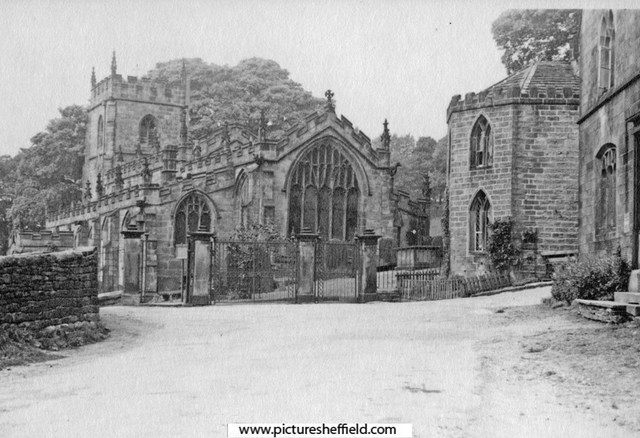

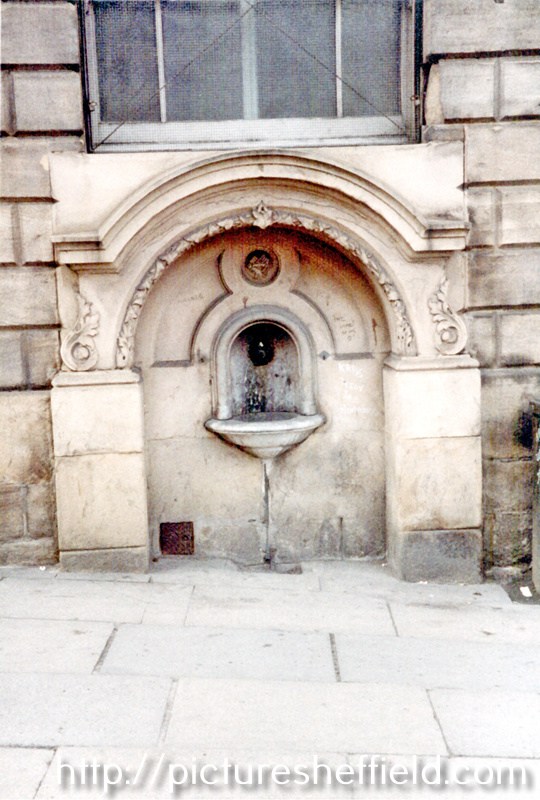
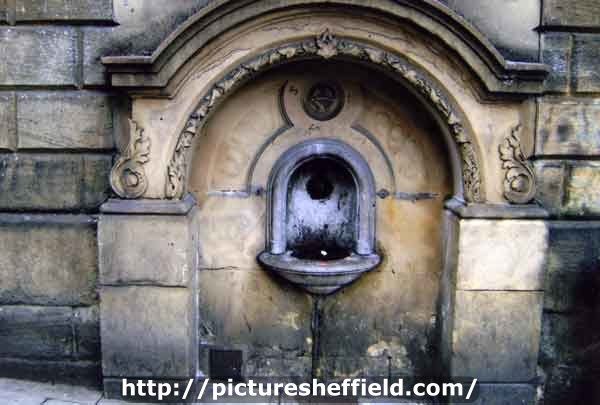
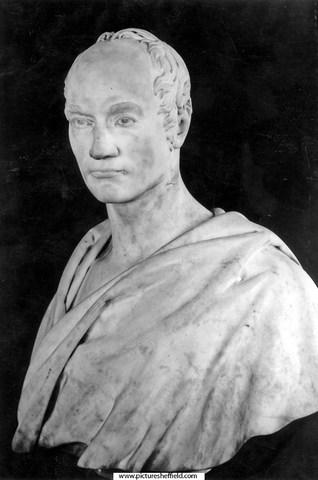

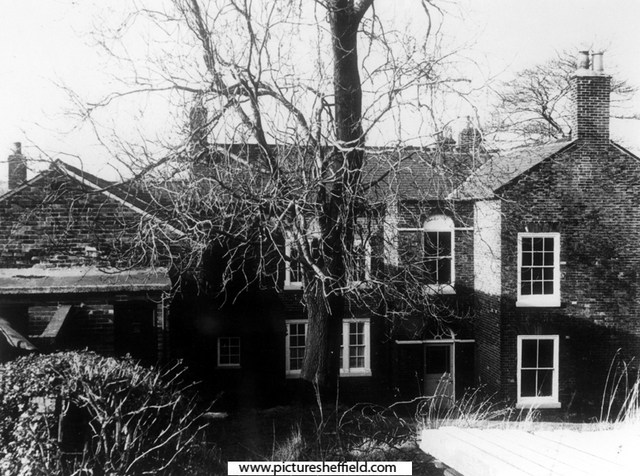
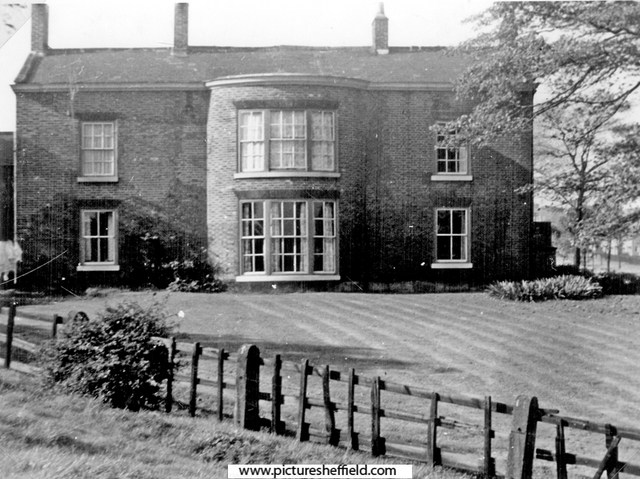
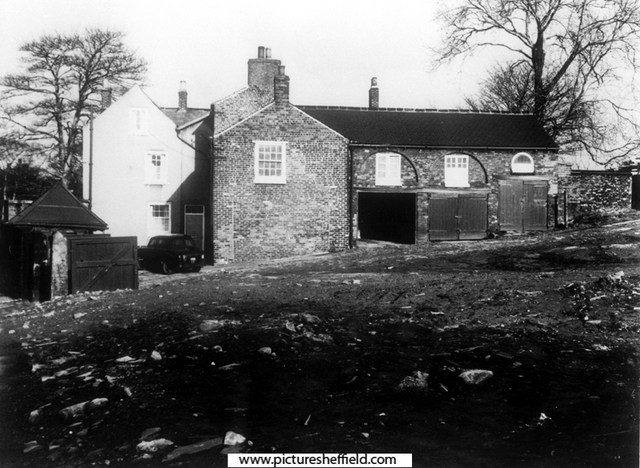
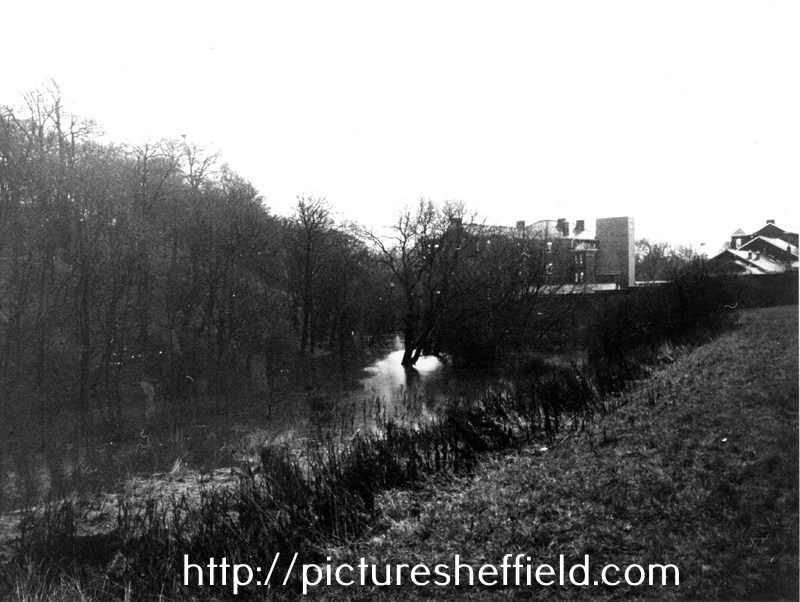
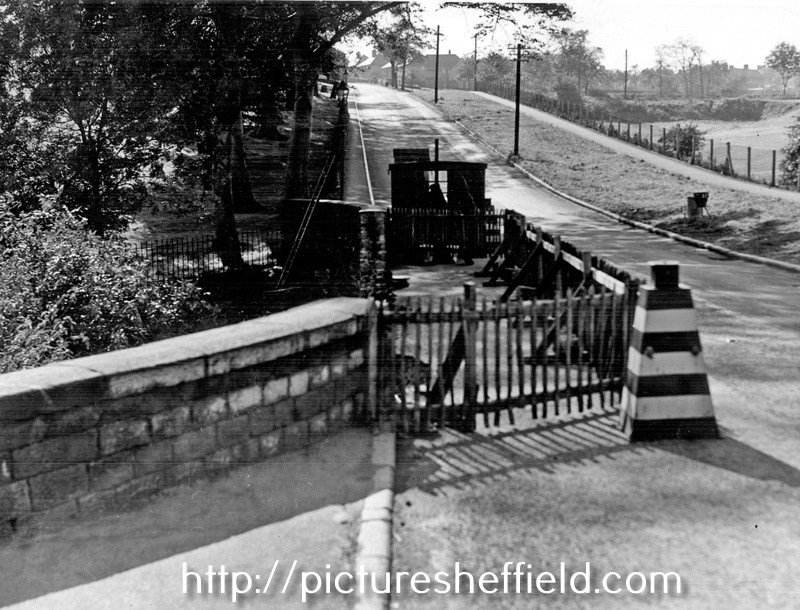
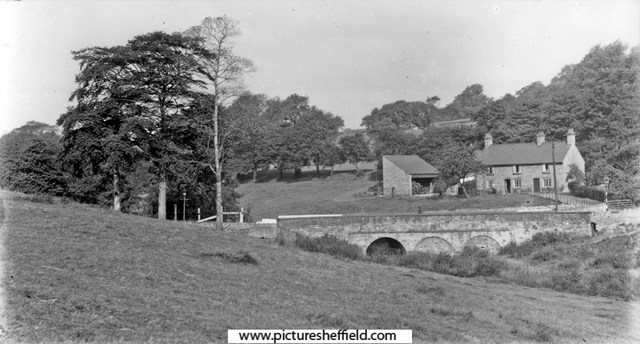
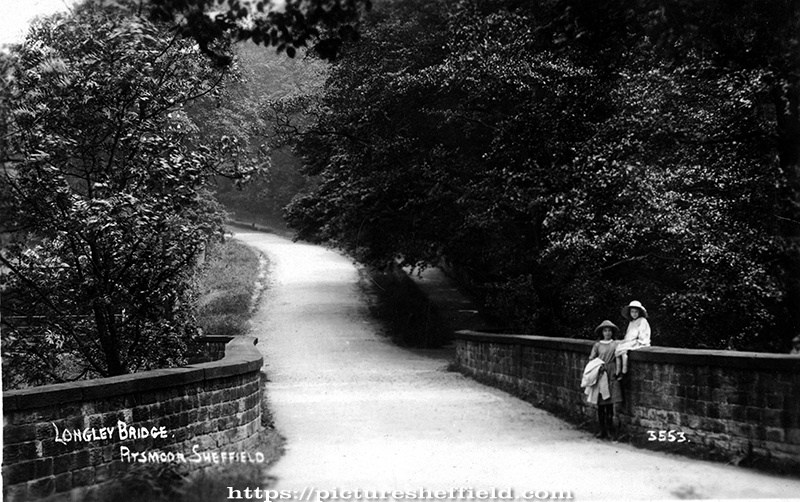
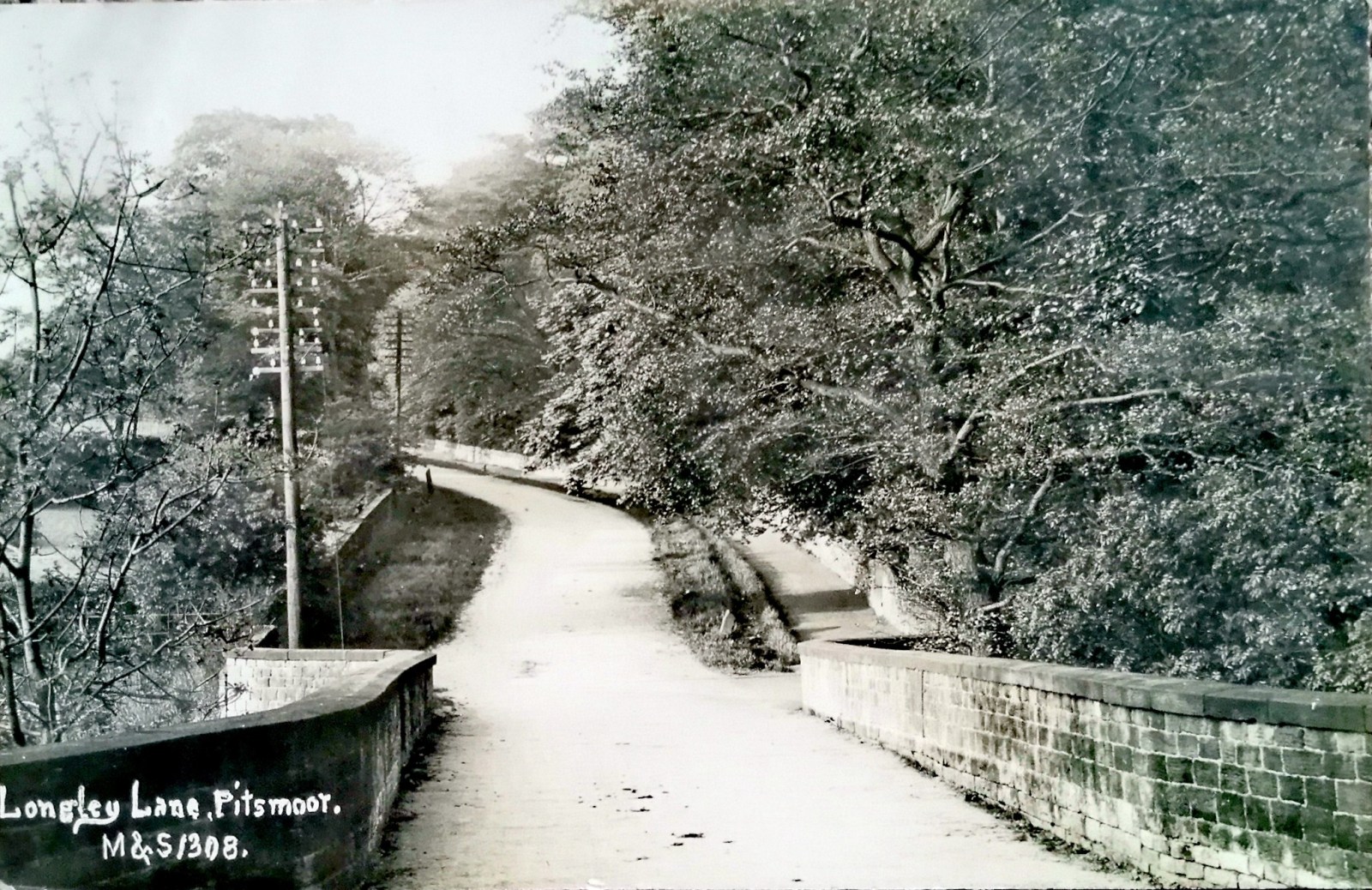
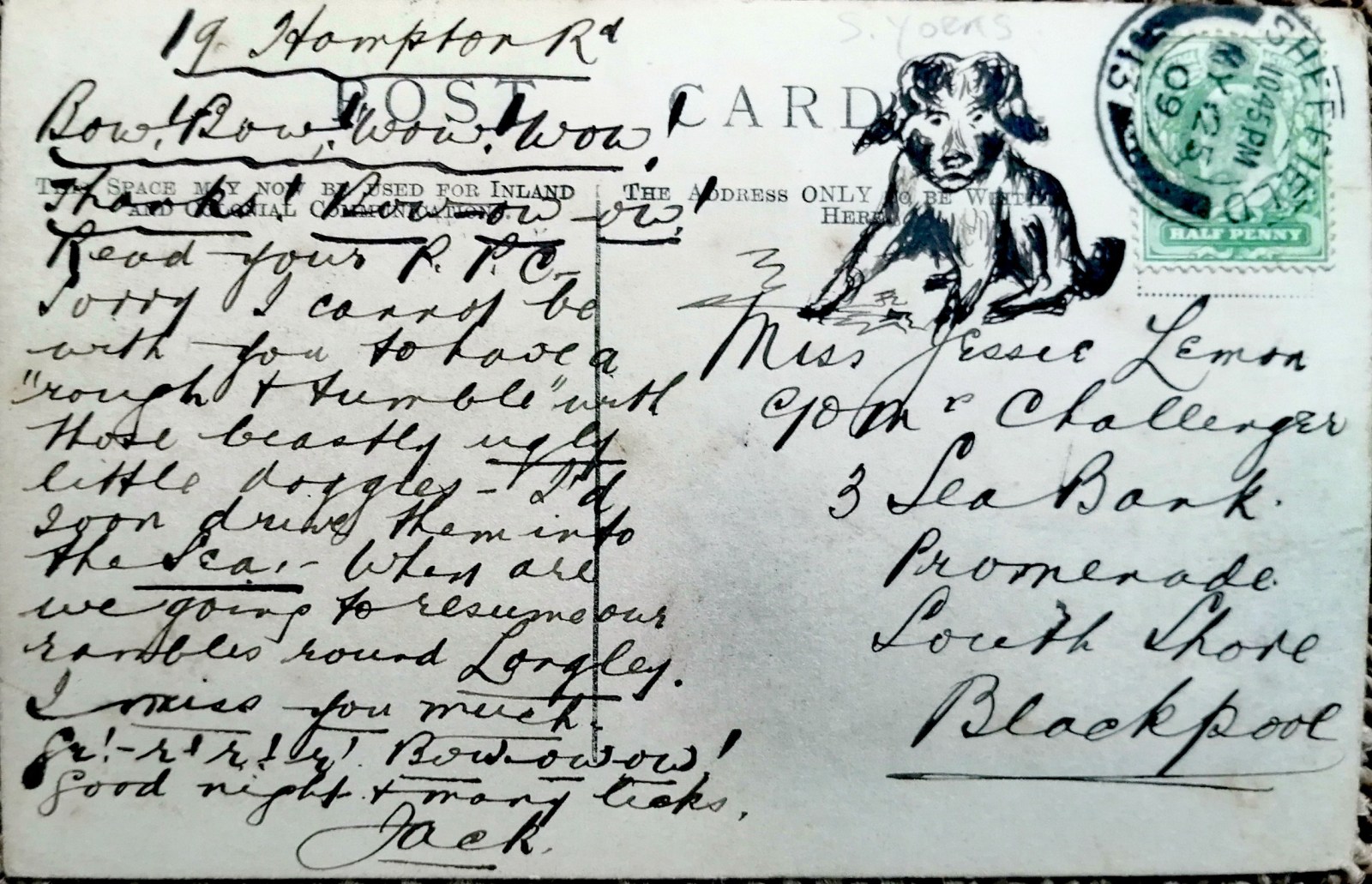
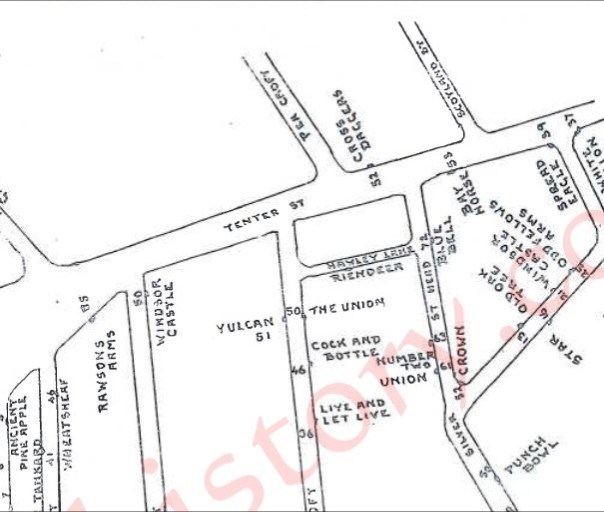
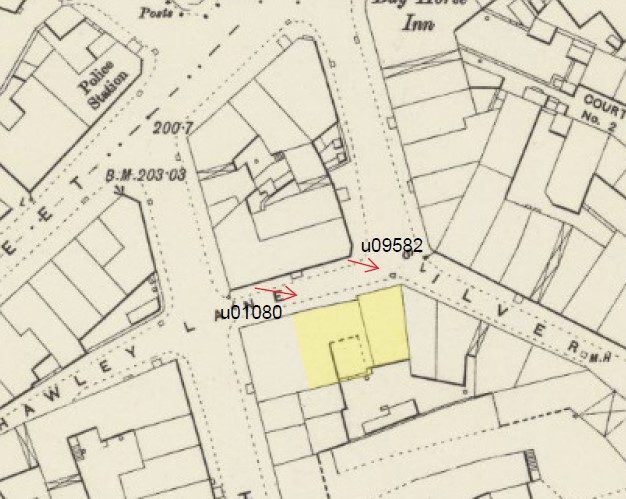
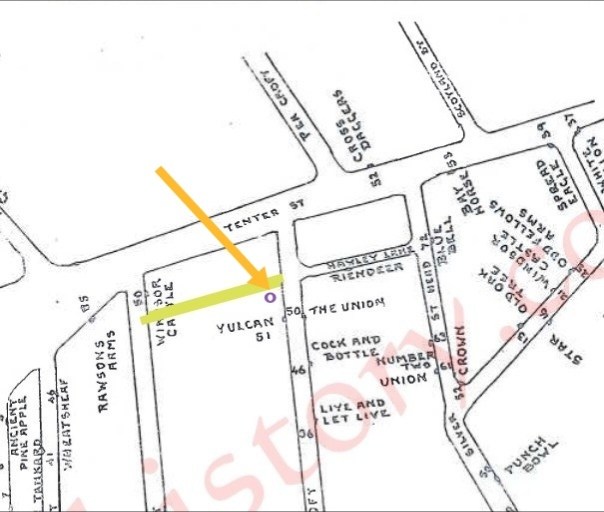
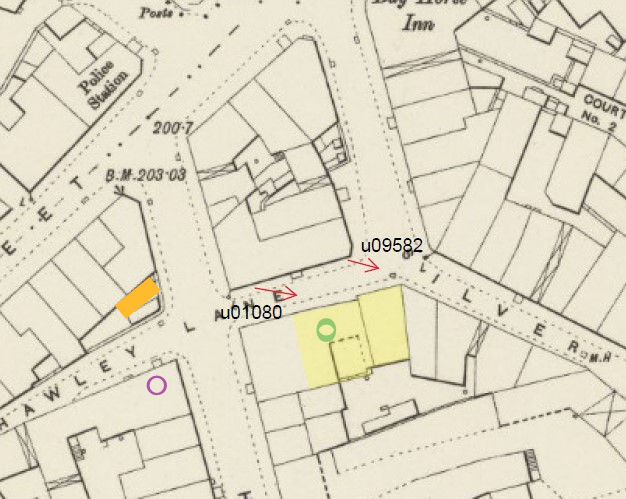
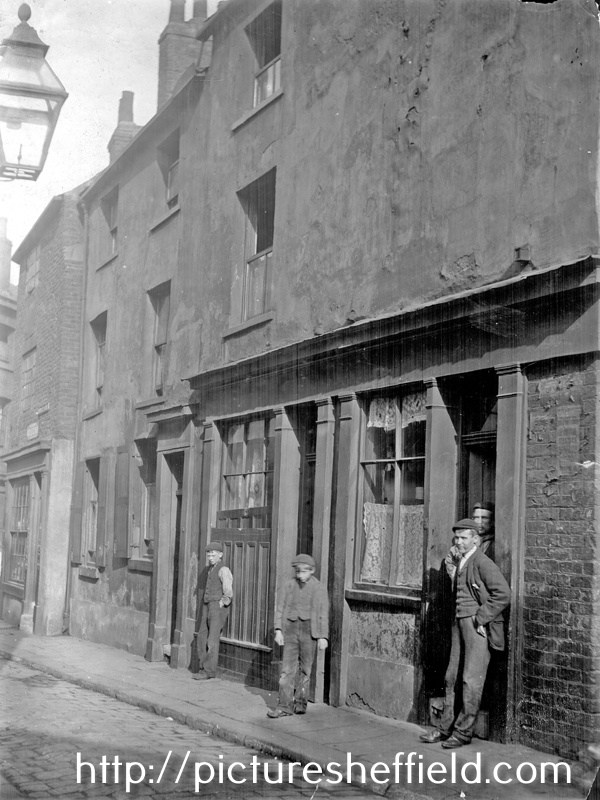



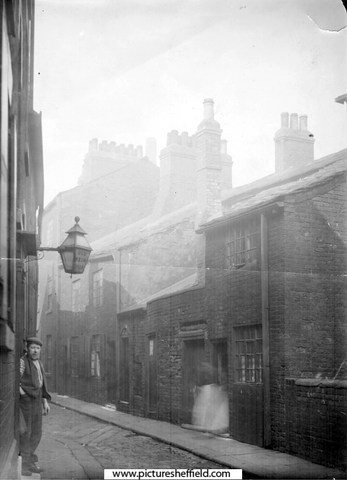
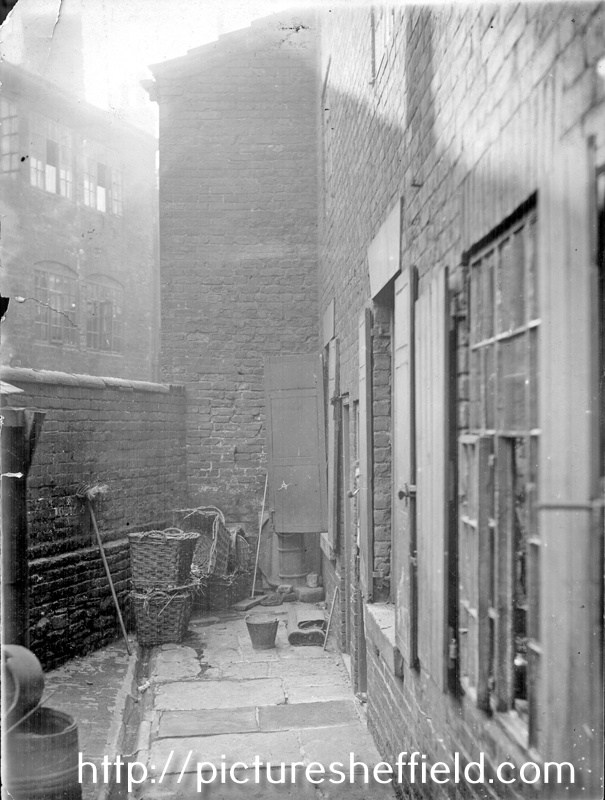
.jpg.13adf17a88bdccfe8e66726db0261121.jpg)
